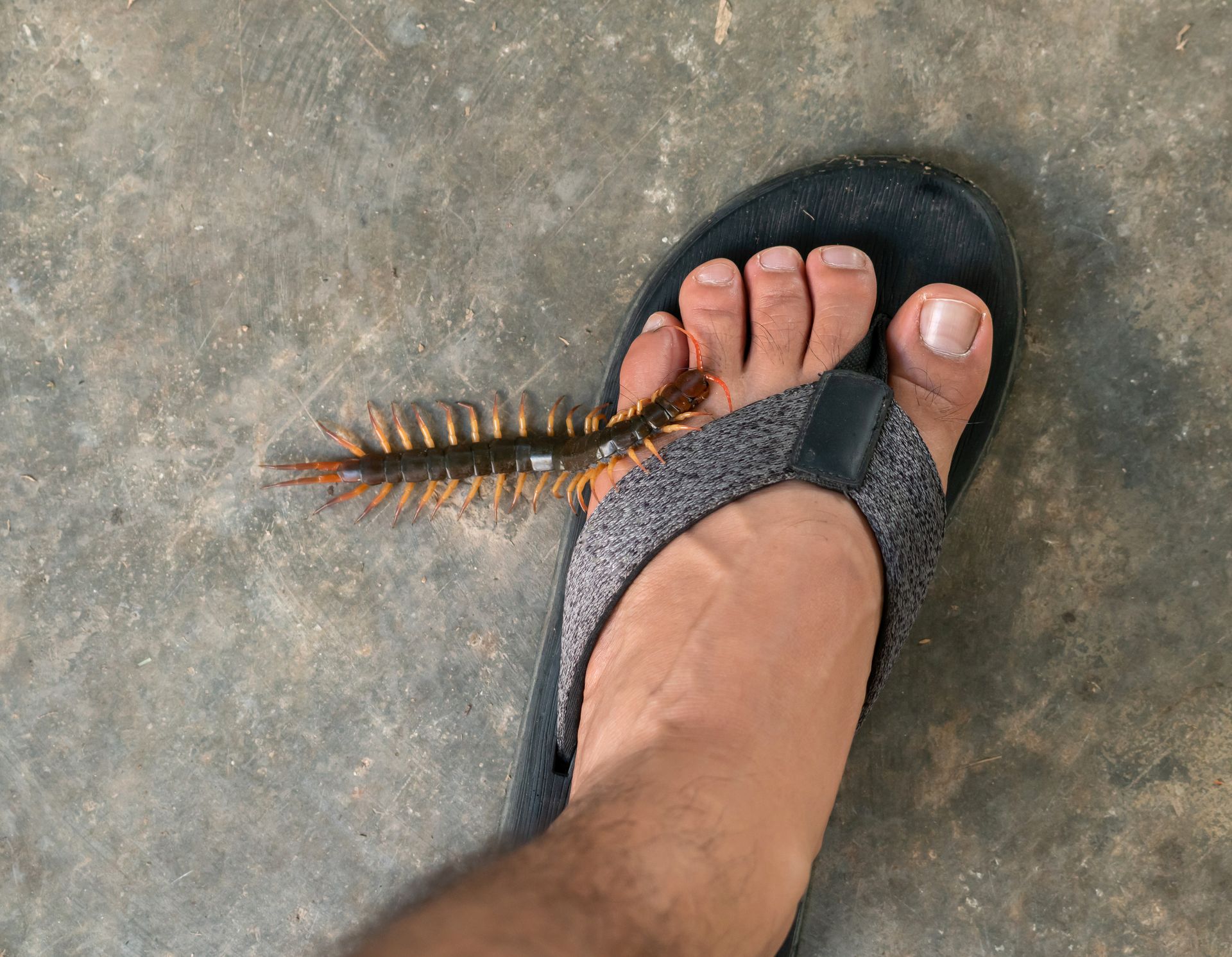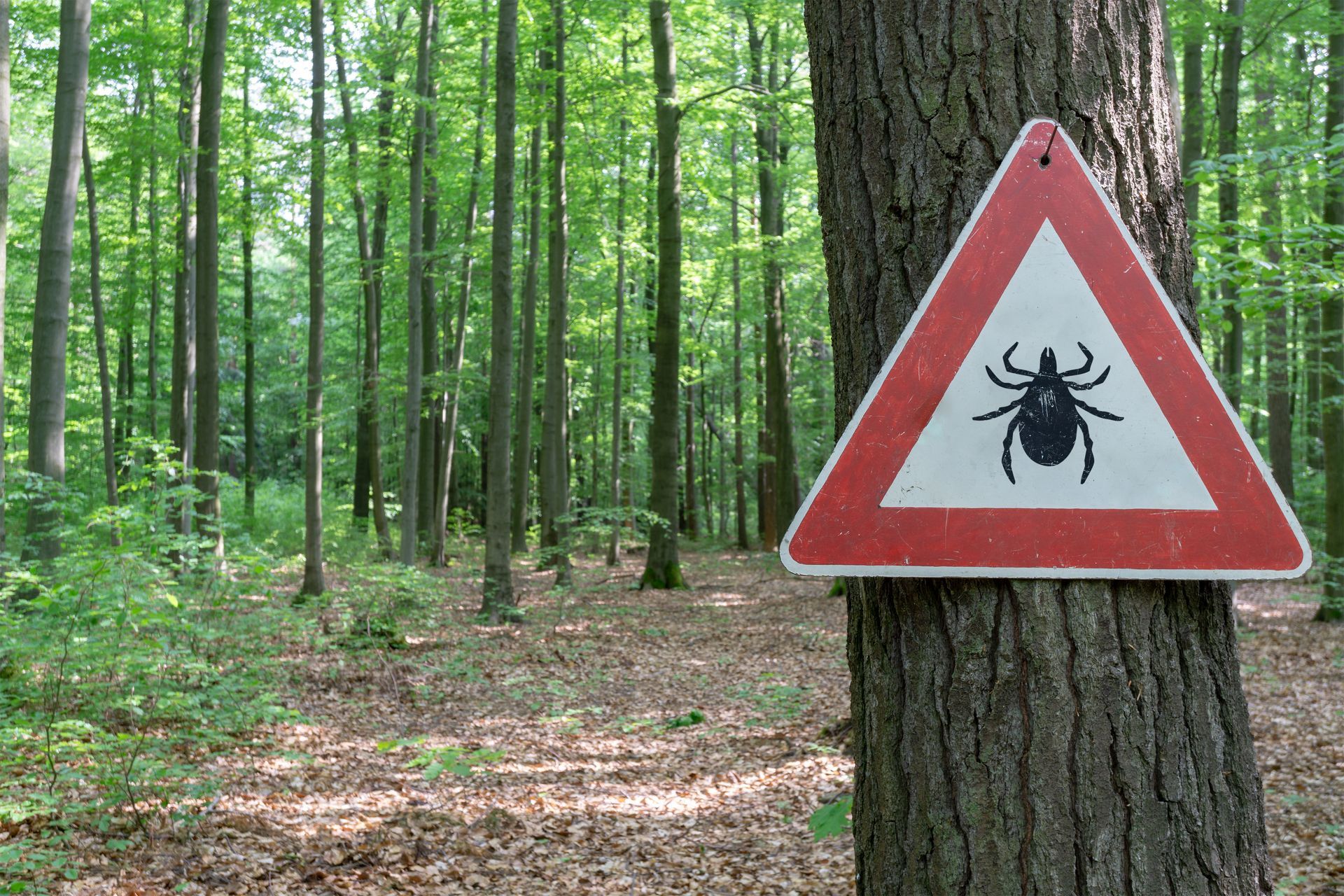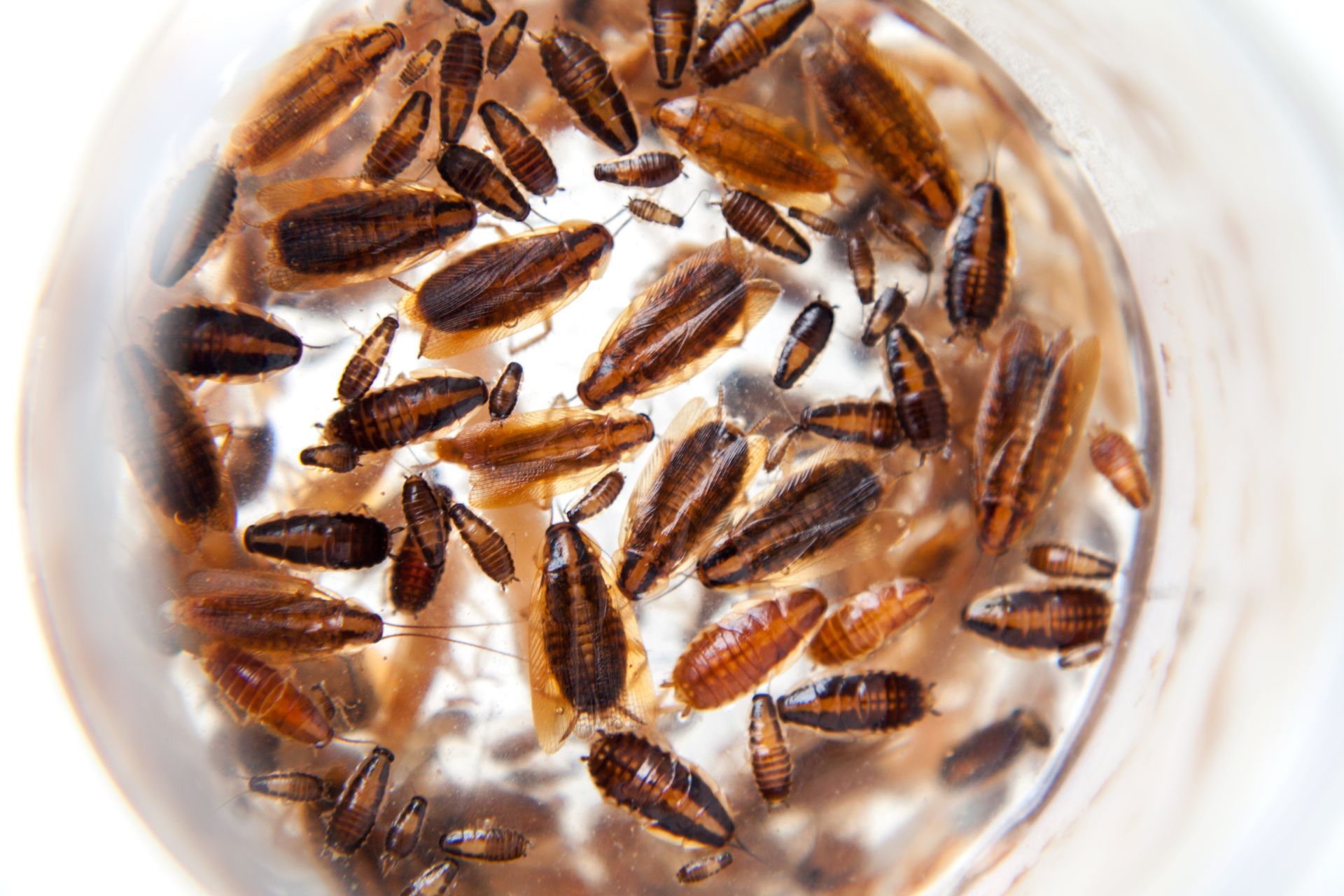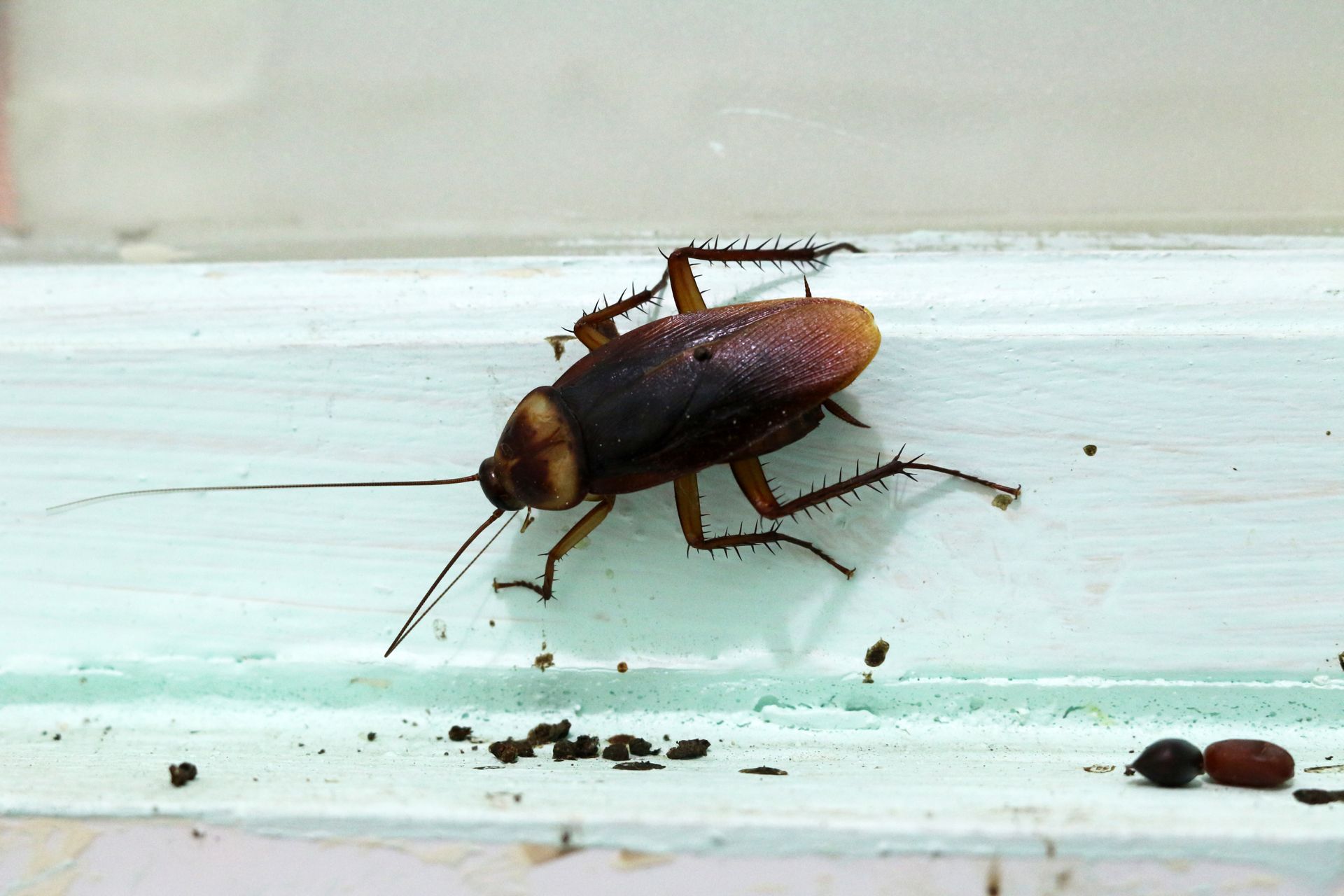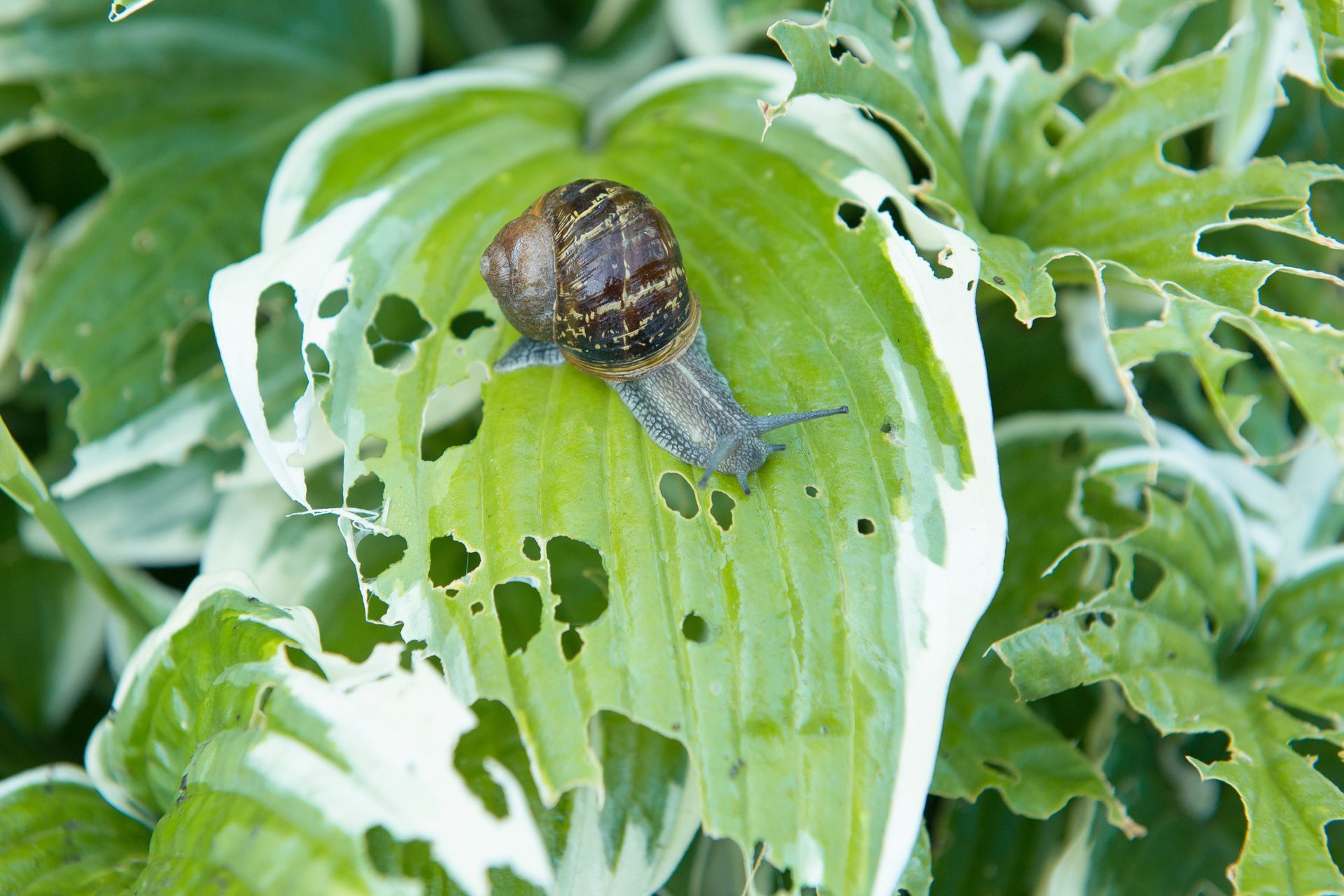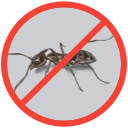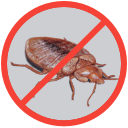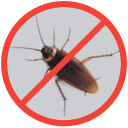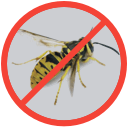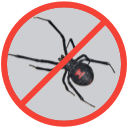Identifying Different Types of Bee Species

Bees are a crucial component of our ecosystem that contribute to the pollination of flowers, fruit trees, and various food crops. There are around 20,000 species of bees, which can be categorized into numerous types, such as bumble bees and honeybees. Each species has distinct characteristics, making identification an interesting and valuable pursuit for those who frequently interact with these insects in environments such as gardens or farms.
Although all bees have stinging capabilities, they are typically non-aggressive unless provoked by actions such as accidental crushing or hive disturbance. Bees show more interest in plants and flowers than in humans. Nonetheless, caution should be taken around certain species, like the Africanized honeybee which can be more aggressive. Also remember that while most bees pose a minimal threat, other stinging insects like wasps and hornets are far more aggressive. This is why accurate identification of bee species is important for conservation, ecological reasons, and safety.
Bee Families and Genera
The classification of bees is a subject that evokes varying views among experts. There are seven recognized families of bees. However, it's worth noting that some resources and entomologists suggest as many as nine families. The discrepancy in these numbers reflects the ongoing evolution of scientific understanding and taxonomic categorization.
At one extreme of the classification spectrum, all bees are considered to fall within a single family, Apidae. Conversely, others subscribe to a more nuanced taxonomy, recognizing up to nine distinct families. This demonstrates that the classification of bees is not entirely stable and continues to be a subject of scientific debate and ongoing research.
Super Family: Apoidea
| Family | # of Species |
|---|---|
| Apidae | 6000 |
| Megachilidae | 3000 |
| Andrenidae | 2700 |
| Calletidae | 2000 |
| Halictidae | 3500 |
| Melittidae | 160 |
| Stenotritidae | 21 |
Types of Bees
With approximately 20,000 known species, bees inhabit almost every continent except for Antarctica. In North America alone there are over 4,000 species of bees that have been documented. Regardless of the vast array of species, bees typically fit into one of two major classifications: social bees and solitary bees. Social bees, such as honeybees and bumble bees live in large colonies with complex social structures. Solitary bees, which constitute most of the bee species, prefer to live and operate independently. Understanding these two main types of bees is critical for effective and safe pest management strategies and ecological purposes given the essential role bees play in pollination and ecosystem sustainability.
Social Bees
Social bees are known for their complex communal structures and behaviors. These species form large colonies in which each bee has a designated role that contributes to the overall function of the hive. Tasks within these hives range from comb production, larval nourishment, to honey making. These bees are the ones typically observed constructing hives or working in unison to sustain their community.
Honeybees
Honeybees, belonging to the genus Apis, represent the pinnacle of bee social structure and evolution. They construct large, perennial colonies that include a single long-lived queen, numerous male drones during the summer season, and a host of sterile female worker bees. Honeybee colonies are complex and necessitate substantial food stores to endure periods of scarcity or colder weather. Unique to these species is their construction of combs from wax secreted by the worker bees which are organized into hexagonal cells within vertical combs.
European or Western Honeybees (Apis mellifera)
The Western or European Honeybee, Apis Mellifera, is native to Europe, Africa, and parts of Asia and has been introduced to every continent except Antarctica. Apis Mellifera is distinctively colored and typically golden brown with black abdominal stripes. Their body length varies slightly between the queen (0.96 – 1.00 inches), workers (0.81 – 0.85 inches), and drones or males (0.47 – 0.51 inches). Colonies of Apis Mellifera often reach population sizes of 50,000 - 60,000 workers during the peak summer period. In the wild they nest in tree trunks, natural caves, large crevices, and even in man-made structures like chimneys and artificial honeycombs. These bees are crucial for crop pollination and can continue foraging even in cooler temperatures when other bees are inactive which makes them valuable to every ecosystem they are found in.
Honeybees are generally non-aggressive and will only sting when threatened. However, it's worth noting that a honeybee can only sting once because it has barbed stinger that is attached to its abdomen and digestive tract. When the bee stings, the stinger is ripped out as the bee pulls away which causes it to die. If honeybees establish a colony near your property, it's advisable to leave them alone or contact a local beekeeper to safely remove the swarm. However, their presence can pose a potential risk to structures. As their nests grow, the buildup of honey and beeswax can lead to sagging walls or stains as well as introduce sweet honey that can attract other pests like ants. Preventive measures like sealing potential entry points prior to swarming season can help avoid the establishment of a new colony. If you've had a past infestation, ensuring complete removal of the honeycomb can prevent future swarms because leftover pheromones may attract bees back.
Africanized Honeybees
Africanized honeybees, also known as "killer bees," are a hybrid subspecies of the African and European bees. First originating in Brazil in the 1950s, they have migrated to warmer regions of the U.S. and spread through Texas, California, New Mexico, Arizona, and Florida. Their queens can grow up to 3/4" long, while the worker bees typically reach about 1/2" in length. These bees are distinguishable by their yellow and black coloring. They are also known for their aggressive and territorial behavior and tendency to swarm more frequently than their European counterparts. They also maintain a larger territory around their hives and any intrusion within this space can trigger a defensive response and alert the entire colony to a perceived threat. Compared to European honeybees, Africanized honeybees attack threats in much larger numbers which can lead to hundreds of stings on a victim. While their venom is no more potent than that of an average honeybee, the sheer volume of stings means more venom is injected into the target which poses a significant health risk.
Despite their notoriety for aggression, Africanized honeybees are valuable pollinators when undisturbed. However, due to their similarity in appearance to European honeybees, it is advised to keep a safe distance from hives. These bees construct their waxy-comb hives in open spaces but occasionally nests may be found in sheltered areas such as meter boxes, grills, or cement blocks. Unlike European honeybees, Africanized honeybees do not store large amounts of honey which is why they are unable to survive in colder climates.
Asian Honeybees (Apis cerana)
Native to South and Southeast Asia, the Asian Honeybee (Apis cerana) is a species distinct from the better-known European Honeybee. This bee species is slightly smaller in size with the queen measuring between 0.85 - 0.9 inches and workers between 0.4 - 0.75 inches. Asian Honeybees share many similarities with European Honeybees including a relatively advanced communication method that requires certain movements that look like dances. However, there are subtle variations in these dances that signal different things like danger and rain. Natural nest sites typically comprise cavities such as hollow trees and while they can be housed in wooden hives for honey production, their inherent migratory behavior can result in them abandoning these artificial hives.
Bumblebees
Bumblebees are social insects that are members of the Apidae family and the tribe Bombini which encompasses about 250 species found worldwide. Most species are adapted to temperate climates due to their large and furry bodies that enable them to fly in cool conditions. Bumblebees range between half an inch to a full inch in length and are often described as chunky and super-fuzzy. Their bodies can display various patterns of black, white, yellow, orange, and even rusty brown with each species having its own unique color pattern.
Like honeybees, bumblebees are social nesters. After a mated queen bumblebee spends the winter in leaf debris, she emerges in the spring and begins to construct a nest. Typical nesting sites include old rodent burrows and other cavities often found in the ground. A bumblebee nest usually only contains a few dozen individuals, which is much smaller than a honeybee colony.
Garden Bumblebees (Bombus hortorum)
Garden Bumblebees (Bombus hortorum) are one of the most numerous species of bumblebees worldwide and are native to Europe, parts of Asia, and New Zealand. They are recognized by their black bodies with three lemon-yellow stripes and a white tail. They range in size from 0.4 inches for worker bees to 0.8 inches for queen bees. Garden bumblebees have a long, narrow face and an extremely long tongue that can extend almost as long as their body. The male, queen, and worker bees share similar coloration, although the males have a yellow head.
As social insects, garden bumblebees build short-lived colonies that typically consist of only a hundred workers during the summer peak. Nests are commonly found in small old mammal burrows, shallow scrapes, under tree roots, and typically no deeper than 20 inches below the ground surface. They also adapt to man-made locations with nests being found in areas such as buckets, under sheds, or in compost bins. Similar to other bumblebees, these bees are primarily interested in pollen and pose little threat to humans unless mishandled or unless their nest is disturbed. They are significant pollinators, known for propagating different types of flowers and certain agricultural crops.
Eastern Bumblebees (Bombus impatiens)
Eastern Bumblebees (Bombus impatiens) are a common species native to various rural and urban habitats, spanning from the cold climates of Canada and Minnesota to the subtropical regions of Florida. These bees are spreading both westward and southward in the United States. Eastern Bumblebees have a distinct appearance with a black-brown body, golden fur on the thorax, and black hairs on the head, abdomen, and legs. The size of these bees varies depending on their role within the colony with queens being the largest at 0.8 inches, followed by males at 0.65 inches, and workers at 0.6 inches.
These bees are eusocial and live in very large colonies with nests both above and below ground. Eastern Bumblebees have a long flying season that lasts from March to November. However, in regions like Florida where temperatures are warmer, they can be observed as early as January and February due to a shorter overwintering period. They are generalist feeders that visit a wide range of wildflowers and garden plants, and they are significant pollinators of outdoor crops such as soybeans, sunflower, and field beans, as well as various fruit and nut crops. Due to their non-aggressive nature and their importance in pollination, their removal should be done carefully and responsibly especially given their critical role in various ecosystems.
Solitary Bees
Solitary Bees represent the most significant group among all bee types with many yet to be identified. Information about these bees tends to be limited to those species impacting humans or those easily found due to their unique lifestyles.
Unlike their social counterparts, solitary bees lead independent lives, neither forming swarms nor residing in large colonies. They often work individually or in very small groups. Their nests tend to be small, and they produce only enough food to nourish their larvae. Characterized as the "introverts" of the bee world, most solitary bees are relatively harmless and not aggressive or territorial. For this reason, these bees typically pose little threat to humans in addition to contributing significantly to the pollination of plants found within their ecosystems.
Carpenter Bees (Xylocopa violacea)
Carpenter Bees are unique solitary bees known for their distinctive nesting behavior. They have a global presence with over 500 species found from North America to Europe. Their moniker, wood bees, is derived from their propensity to bore remarkably clean holes into wood. This is done by the females for their nests which house their eggs and larvae. Despite their burrowing habits causing occasional structural damage, their ecological contribution as effective pollinators is deemed significant.
Carpenter bees have a distinctive appearance with a black body covered in a dense layer of yellow and black hairs on their head and thorax. Their abdomen, in contrast, is typically bald. Due to their large size and buzzing behavior, they can often be mistaken for bumblebees. Females are capable of stinging but rarely do so unless provoked, where the more aggressive males are incapable of stinging.
Hairy Footed Flower Bees (Anthophora plumipes)
The hairy-footed flower bee is a solitary bee species native to Northern Europe and Asia. This bee is identified by its dense fur and distinct coloration, with males typically displaying an orange-brown hue. The males also have long black hairs on their elongated mid-legs and a yellow lower face. Females are either black or brown and possess yellow hairs on their hind legs. The body length for both sexes ranges between 0.5 and 0.6 inches.
Anthophora plumipes feeds on various spring flowers including primrose, lungwort, borage, deadnettle, broad bean, and rosemary. The males hibernate over winter and emerge in late February or March which is earlier than the females. During this time, the males are territorial and will ward off any intruders from their food and nest sites. Females emerge a few weeks later to mate and nest, forming long nest holes in clay banks, mud walls, or soft mortar. Their nests are subdivided into cells that contain a mass of pollen and nectar where they lay a single egg. The life cycle of these bees is completed by the end of June.
Southeastern Blueberry Bees (Habropoda laboriosa)
The southeastern blueberry bee is native to areas along the east coast of the United States. This bee possesses unique hair patterns and banding that closely resemble a miniature version of a bumblebee or carpenter bee but are only the size of a honeybee. Females typically have pale fur on their black thorax with and black fur on the underside of their thorax, their head, and their legs. Male bees are similar, but they sport white fur on their faces. The body length of females ranges from 0.6 to 0.65 inches, whereas males measure between 0.50 and 0.55 inches.
Habropoda laboriosa is known for its intimate relationship with blueberries, hence its name. Their bodies have evolved to be an ideal fit for bell-shaped blueberry flowers which makes them excellent pollinators for these plants. They also pollinate other early spring-flowering plants like Carolina jessamine, oaks, and redbuds. Their nesting period runs from late February to late May which aligns with the three-to-five-week flowering period of blueberries. They nest in the ground, especially near blueberry plants. The nests contain multi-chambered cells lined with a protective waxy coating. Each cell houses a single egg laid on a pasty pollen mass, and is sealed with a waxy cap.
Squash Bees (Xenoglossa fulva)
Squash Bees are specialists in pollinating plants like squash, zucchini, pumpkins, and gourds. Originating from Mexico, these bees have now spread throughout North America wherever squashes are grown. They possess an unusual set of large eyes that help the bees fly in poor light conditions. This makes them one of the few bees that are active pre-dawn. Their primary flight times extend until mid-morning and resume near dusk when squash and melon flowers open. They exhibit distinctive coloration with heads and thoraxes that can range from black or tan to orange, and abdomen stripes that are black, white, or tan. Female squash bees have a body length ranging from 0.55 to 0.7 inches, while males measure between 0.55 to 0.65 inches. Squash bees are not aggressive and rarely sting humans.
Furrow or “Sweat” Bees (Augochlorella aurata)
Furrow bees belong to a broad group of small bees with some species only a quarter of the size of a honeybee. They are more commonly known as "sweat bees" due to their attraction to human perspiration. These bees are highly beneficial due to their excellent pollination skills and are active until November. Their size makes them perfect for pollinating smaller flowers that other bees may have difficulty fitting inside. These bees vary greatly in color ranging from black to metallic blues and greens, with some exhibiting stripes on their abdomens. They are native to North America and are generalist pollinators that visit a wide range of flowering plants. These bees measure around 0.20 - 0.25 inches for females and 0.2 inches for males. They favor food plants like prickly pear, swamp smartweed, blackberry, and aster. Despite their attraction to sweat, they are non-aggressive and will only sting when pressed against the skin.
Mason Bees (Osmia cornuta)
Mason bees are primarily found in Europe and are efficient pollinators that favor various flowering plants that include fruit trees such as apple, almond, plum, and pear. These bees showcase dark hues with metallic tinges from black and blue to green. They typically range in size from 0.4 to 0.6 inches with female mason bees being larger than males. They carry pollen in specialized hairs on the underside of their abdomen which enhances their pollinating effectiveness. Interestingly, these bees owe their name to their nesting habits with a particular affinity for "masonry" products like bricks, hence their common name.
These bees are active mainly in spring and demonstrate a peaceful temperament, with the females only stinging under extreme provocation. These bees rarely cause significant damage to gardens or lawns due to their nesting habits, and in many cases control measures are unnecessary. Despite their occasional nesting in buildings, mason bees cause minimal structural damage due to the small size of their burrows.
Tawny Mining Bees (Andrena fulva)
Tawny Mining Bees are native to Europe and are prominent members of one of the most extensive bee families with over 1,400 known species. These bees play crucial roles in the pollination of various plants including key crops like blueberries, apples, and cranberries, as well as common weeds, garden plants, shrubs, and trees. They range in size from 0.4 to 0.55 inches. Females possess long, dense, reddish hairs on their thorax and abdomen with black hair on the rest of the body, while males sport a dull brown color with sparse reddish-brown hairs.
As their name implies, tawny mining bees are solitary and renowned for their ability to excavate intricate underground nests. These nests can contain a main shaft with up to five side tubes with each holding a single egg laid by the female. This species typically produces a single brood from late March to mid-June which coincides with the flowering of apple, pear, and cherry trees. Interestingly, males are known to emerge before females and can mate multiple times, whereas females mate only once. The larvae that hatch develop into adults within their cells and overwinter there until the following spring. These bees are harmless to humans and should be conserved for their ecological significance.
Digger Bees
Digger Bees are identified by their hairy bodies and range from .5 to .7 inches in length. These bees are ground dwellers that are often observed emerging from burrows. Digger bees excavate subterranean dwellings that feature a primary cavity and additional smaller storage tunnels. These tunnels house their food, eggs, and larvae which demonstrates an organized approach to resource and offspring management. A standout feature of these bees is their territorial nature as they are known to guard their nests diligently. Despite their territorial behavior, digger bees pose minimal threat to humans with the risk of a sting being remarkably low. Much like other solitary bees, digger bees contribute significantly to their ecosystems though pollination and therefore their presence should generally be encouraged rather than controlled.
Leafcutter Bees
Leafcutter Bees are an integral part of many ecosystems. Females carry pollen on their undersides unlike most bees that carry it on their hind legs which makes them efficient pollinators that are crucial to the survival of wildflowers and commercially grown crops like alfalfa, blueberries, carrots, and onions. They are known for their distinctive nesting behavior. Their nests are often situated in hollow logs, decaying wood, or dry soil and are intricately made using leaf or petal-made egg cells. The females are workers are good at quickly snipping leaf pieces to line their tunnels.
They are typically dark brown and measure about 0.7 inches in length. These bees have large heads and strong jaws that assist in leaf cutting. Unique features include white hairs on the thorax and lower abdomen with an upturned, striped abdomen. Despite their ability to sting, leafcutters are not aggressive and generally sting only when handled. However, they do cause aesthetic damage to plant life which can be deterred by pruning dead or damaged stems or using protective coverings like cheesecloths.
Plasterer Bees
Plasterer bees typically range from 0.3 to 0.6 inches long and have slender bodies with distinctive orange-brown hair on their head and thorax as well as pale-colored stripes on their hairy abdomen. The name Plasterer Bee comes from the unique way they build and line their nests. They favor ground burrows while also sometimes utilizing cracks in stone and bricks like mason bees. These bees produce a special substance that forms a waterproof cellophane-like layer within the nest. This characteristic is what earned them their alternate name, “cellophane bees.” These bees are a fascinating part of the global bee population and are distributed across continents including Africa, Europe, and both North and South America. Their unique construction methods add to the diversity and adaptability of bee species.
Wood Carder Bees
Wood Carder Bees exhibit fascinating nest-building behaviors. These bees comprise about 160 known species worldwide gather hairs or fuzz from plant leaves, roll them into a ball, and utilize this material to line their nests. Interestingly, their body markings are typically yellow and black which can lead to them being mistaken for wasps.
Measuring around half an inch in length, these bees exhibit unique pollen-carrying characteristics as well with females carrying pollen on the hairy undersides instead of their legs. Their smooth upper abdomen usually features clear patterns of yellow or white markings. Nest construction is carried out by the females who prefer to build solitary nests in hollow stems or existing cavities in wood. A common scene in the early summer is males defending their territory from other males. While these bees are predominantly found in the southwest, the non-native European wool carder bee is more likely to be observed in the east.
Long Horned Bees
Long-Horned Bees are known for the distinctive long antennae of their males, hence the name. These bees are represented by approximately 400 species worldwide with about 200 species found in North America. These bees are usually around half an inch long and sport hairy legs and a thorax with bands of pale-colored hair striped around their abdomens. They are especially attracted to sunflowers and can often be found clustered on these blooms at any time of day or night. The nesting habits of long-horned bees involve ground burrowing where they dig tunnels which are sometimes shared by several females via the same entrance. While they are not as common as some other species, encounters with these bees may increase in areas where sunflowers are abundant due to their special preference for this plant.
Contact EcoGuard Pest Management to Discuss Bee Removal
No matter what type of bee you're dealing with remember that their behavior, nesting habits, and potential for stinging can vary widely. If you find yourself facing a bee situation that needs professional attention, don't hesitate to contact EcoGuard Pest Management. Our team of experts is well-versed in handling various bee species and implementing safe, effective removal strategies. We value the important role bees play in our ecosystem and our pest control solutions are designed to address your concerns while causing minimal disruption to these beneficial creatures. Reach out to us today and let us assist you in maintaining a balanced, bee-friendly environment.
Bee Species FAQs
What are the 3 main bees?
The 3 most common types of bees that homeowners are mostly familiar with are honeybees, bumble bees, and carpenter bees. Honeybees and bumble bees are social insects that likely have a hive nearby while carpenter bees are solitary bees that may have a burrow somewhere close by. Each of these types of bees are important pollinators that play a critical role in their ecosystems.
How many different types of bees are there?
There are over 20,000 known species of bees in the world, each adapted to different environments and having unique behaviors and physical characteristics.
What are the most aggressive bees?
Africanized honeybees, often referred to as "killer bees," are considered the most aggressive. They are more easily provoked than most other bee species and are known to chase a person a quarter of a mile once they get excited and aggressive.
Request A Free Estimate
Immediate Service Available
Services
Customer Care
Legal
Working hours
- Mon - Sun
- -
All Rights Reserved | EcoGuard Pest Management | All Phone Calls Recorded | By Using Website You Agree To Terms Of Use



